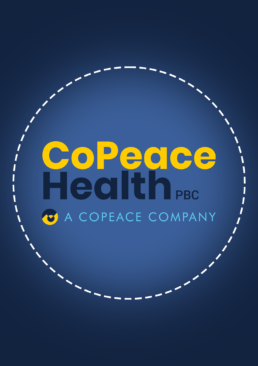No matter what your business sells or provides or what role you have in your company, one of the essential areas of knowledge you can gain to ensure your business’ success is understanding your customer’s journey. It’s always a good investment to spend time studying how leads find you and what turns them into loyal fans and paying customers. Understanding the customer’s journey helps you develop marketing that resonates with them, builds connections, and gets you the end result you seek. It’s how you create marketing that works.
If you don’t come from a marketing background, the idea of a marketing funnel may not be one of your core competencies. However, once you get familiar with how a funnel works — and what to consider to make it work — you’ll elevate your ability to make decisions not based on what you want and need but what your customers want and need. See the difference?
The Stages of Awareness
All businesses are created to solve problems. When you put on your “marketing” hat, it’s important to understand that depending on the stage of your customer’s awareness about their pain or problem, possible solutions, and YOUR solutions, you’ll present your offer (or solution) using different techniques, and with different messaging.
There are five stages of awareness that your prospects might fall into.
Unaware. When prospects don’t even realize they have pain or a problem, they’re considered unaware. FYI – this is the most challenging group of folks to market to.
Pain Aware. If a prospect has identified that they’re having a pain or a problem but haven’t started thinking about solutions to remedy that pain, they’re considered pain aware.
Solution Aware. Prospects that have felt pain and also discovered that solutions exist for it are solution aware.
Product Aware. If prospects know that your product is one of the solutions to their pain or problem, they’re product aware.
Most Aware. When prospects know that your solution is not just one of the solutions, but the best solution to solving their pain or problem, they’re most aware.
If you think about these stages of awareness like a funnel, generally, people who are unaware and pain aware are considered to be near the top of the funnel, where people who are most aware are at the bottom of the funnel.
The Top, Middle, and Bottom of The Funnel
Depending on where you’re finding your leads and their stage of awareness, you’ll want to introduce them to your brand at different stages in the marketing funnel. Each stage of the funnel exists for a different purpose — with the ultimate goal of converting leads into long-time fans and paying customers of your business.
Top of the funnel. When creating materials for the top of the funnel (unaware or pain aware prospects, typically), you’re establishing credibility and starting to build trust. Top of the funnel marketing pieces include blog posts, infographics, events, webinars, direct mail, and social media posts. Content for these pieces is informative, grabs your audience’s attention, and teaches them something — piquing their interest and luring them in to learn more about you, your company, and your product or service as they move into the next stage of the funnel.
Middle of the funnel. The middle of the marketing funnel engages your audience and introduces them to your product or service and perhaps more importantly — your positioning. Nurture them in this stage by providing valuable information and targeted content. What sets you apart from your competition? How does your product or service differ and outperform that of your competitors? Content for the middle of the funnel includes emails, targeted newsletters, classes, case studies, free trials, and more.
Bottom of the funnel. Once prospects have moved through the stages of awareness and understand that your business can solve their problems better than anyone else’s, it’s time to help them make their final purchasing decision and convert them to paying customers. They’ve already evaluated the competition, so to move them to purchase, demonstrate social proof (reviews, testimonials) and the benefits — over the features — of choosing you over your competition. Your offer at this stage can make or break your conversion rates, so be sure you’ve thought about the best way to present your solution and wrap it up and tie it with an irresistible bow.
The Bottom Line = Research Matters
Throwing things against the wall to see what sticks is not a strategic marketing strategy. To build a marketing funnel that works, understanding your customers, what motivates them, and creating language that resonates with them as a solution to their problems is invaluable. Before creating a marketing funnel, be sure to study what matters most to your prospects. That way, creating effective materials that are in line with their stage of awareness will move them through your marketing funnel with greater success = higher conversions.
Lindsay Hope is a copywriter and marketing strategist with CoPeace. As a forward-thinking holding company, CoPeace is building a portfolio of carefully selected for-profit companies with measurable social and environmental impact. To learn more about impact investing, check out CoPeace’s Intro to Impact Investing.
Related Blogs
Nakeita Norman | Partner
June 2, 2025
Barbara Winter | Impact Director
January 14, 2025
Umadevi Gopaldass | Board of Directors
April 23, 2024
Derek Scott | VP of Marketing
January 24, 2024









